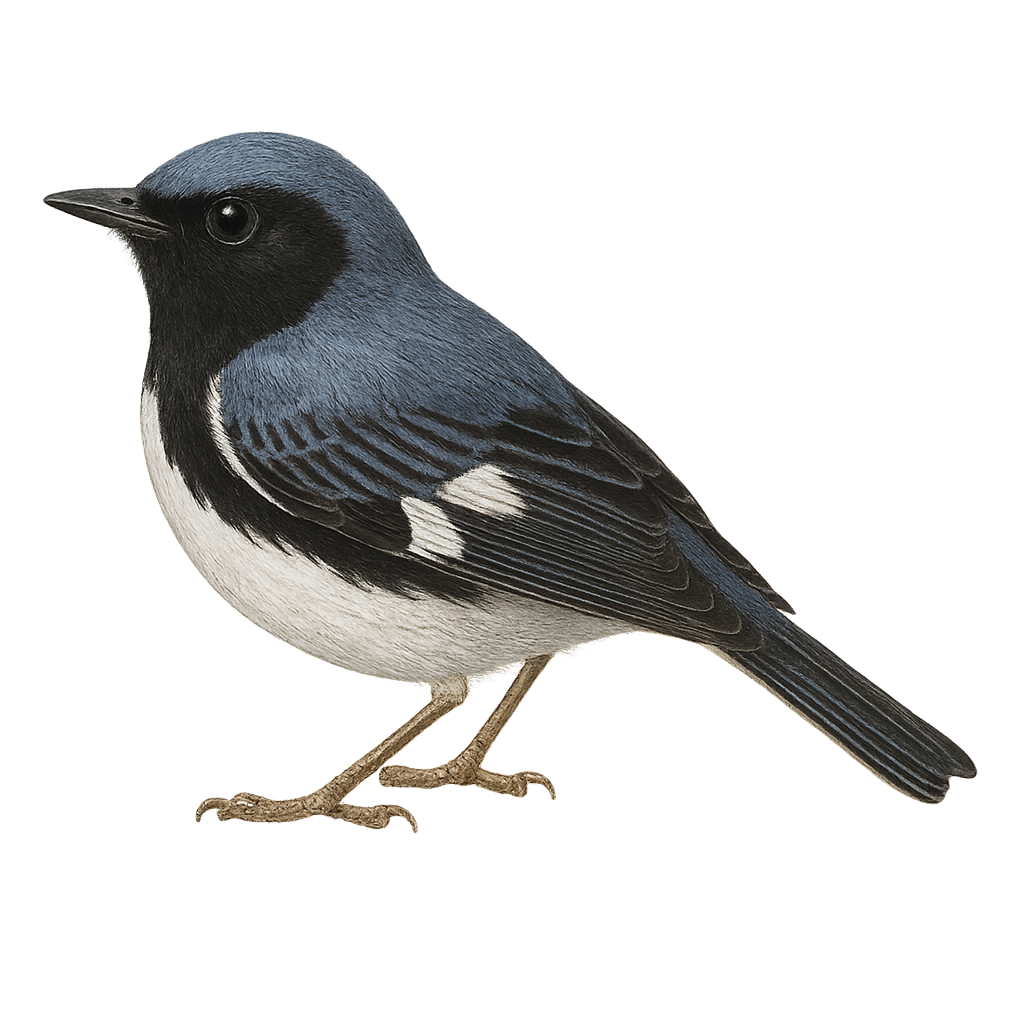Your wildlife photography guide.
Explore the black-throated blue warbler in detail, study its behavior, prepare your shots.
Where to observe and photograph the black-throated blue warbler in the wild
Learn where and when to spot the black-throated blue warbler in the wild, how to identify the species based on distinctive features, and what natural environments it inhabits. The WildlifePhotographer app offers tailored photography tips that reflect the black-throated blue warbler’s behavior, helping you capture better wildlife images. Explore the full species profile for key information including description, habitat, active periods, and approach techniques.
Black-throated Blue Warbler
Scientific name: Setophaga caerulescens

IUCN Status: Least Concern
Family: PARULIDAE
Group: Birds
Sensitivity to human approach: Suspicious
Minimum approach distance: 5 m
Courtship display: May to June
Incubation: 12-13 jours
Hatchings: May to July
Habitat:
Deciduous forests, dense undergrowth, wetlands
Activity period :
Primarily active during the day, with peak activity in the morning and late afternoon.
Identification and description:
The Black-throated Blue Warbler is a small songbird from the Parulidae family, easily identified by the male's vibrant blue plumage, contrasting black throat, and white flanks. The female is more subdued, with olive tones and a distinctive white eyebrow. This species primarily inhabits deciduous forests and dense undergrowth in eastern North America. As a migratory bird, it winters in the Caribbean and Central America. Its melodious song and distinctive calls make it a favorite among birdwatchers. The Black-throated Blue Warbler feeds mainly on insects and larvae, which it skillfully catches while flitting among branches.
Recommended lens:
400 mm – adjust based on distance, desired framing (portrait or habitat), and approach conditions.
Photography tips:
To photograph the Black-throated Blue Warbler, focus on deciduous forests where it is active. Use a 400mm or longer telephoto lens to capture details without disturbing the bird. Be patient and discreet, as this species is suspicious. Early morning hours are best for soft light and increased activity. A tripod can be useful for stabilizing your camera during extended shoots. Listen carefully to its song to pinpoint its location.
The WildlifePhotographer App is coming soon!
Be the first to explore the best nature spots, track rutting seasons, log your observations, and observe more wildlife.
Already 1 439 wildlife lovers subscribed worldwide

